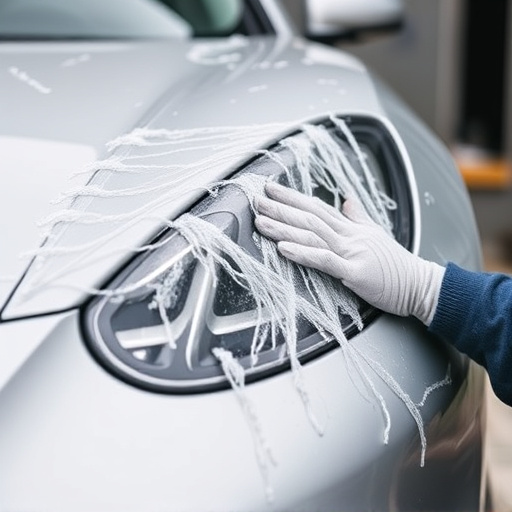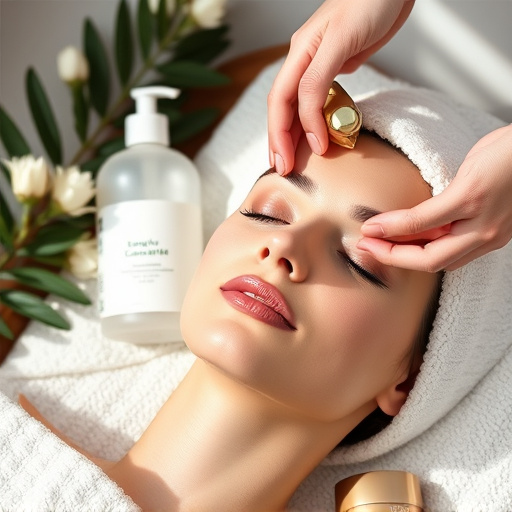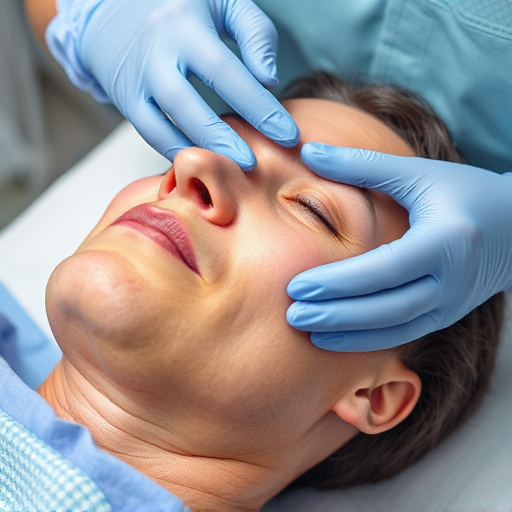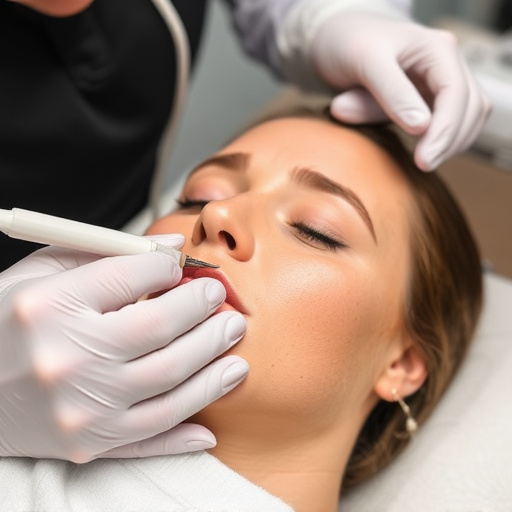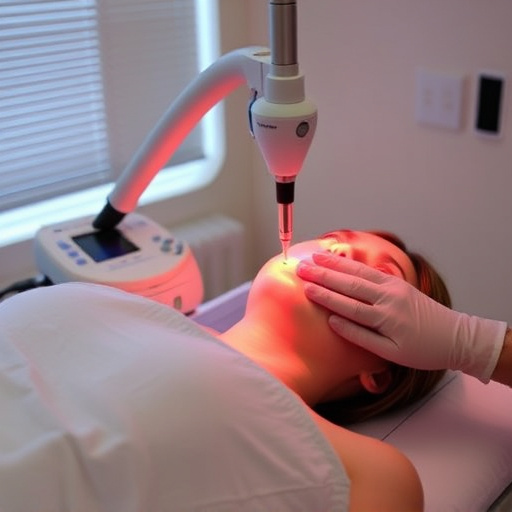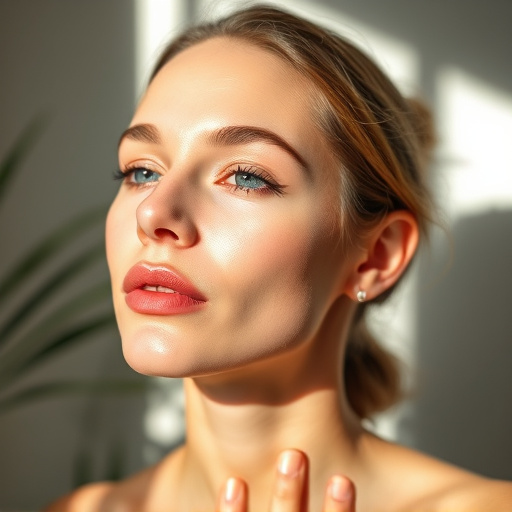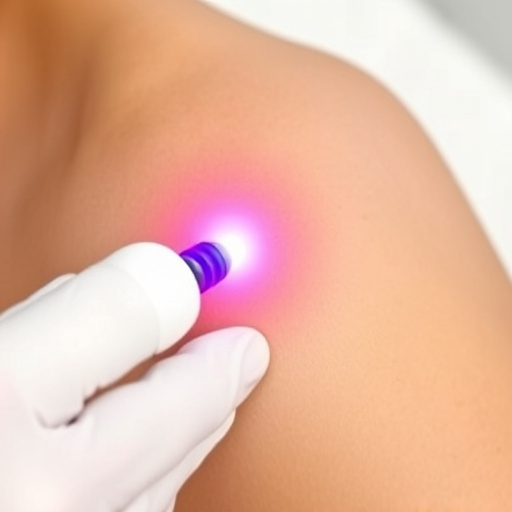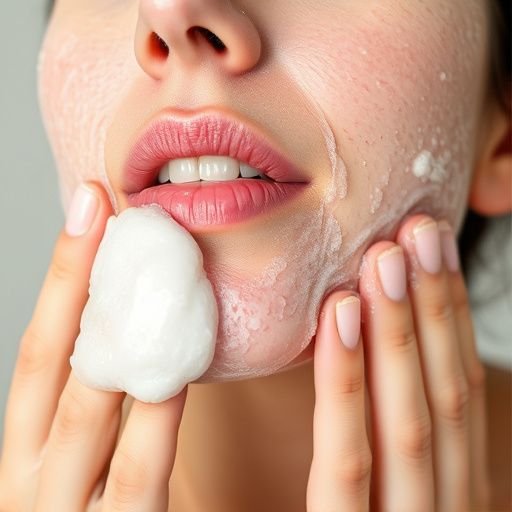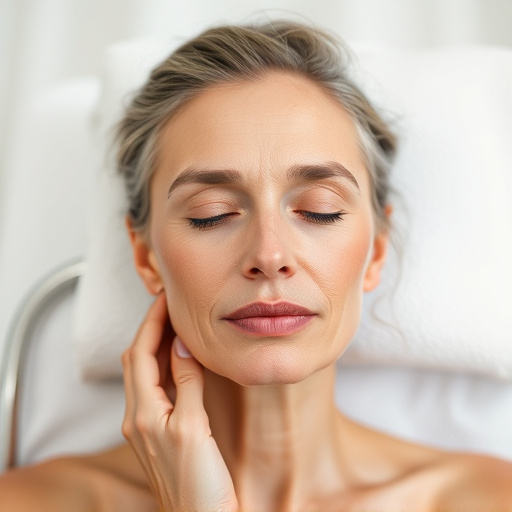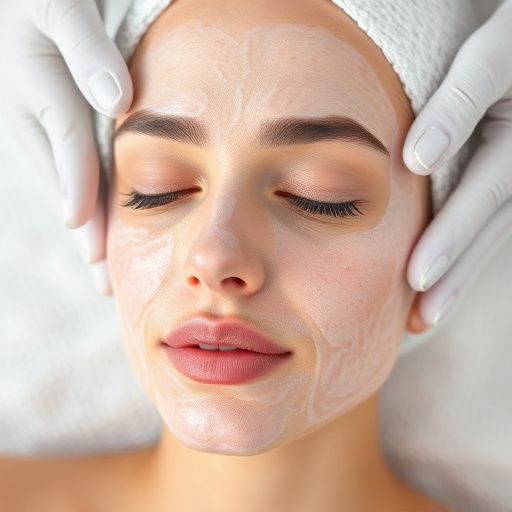Age spots are discoloured skin areas primarily caused by UV radiation exposure over time. Non-surgical treatments and medical spa services offer effective removal options, while skin tightening procedures can further improve appearance. Sunscreen with SPF 30+ is crucial for preventing new age spot development and maintaining youthful skin. Incorporating broad-spectrum sunscreen into a personalized skincare routine that includes facials and targeted treatments creates a robust defense against environmental damage, promoting skin rejuvenation for a younger complexion.
Sunscreen is not just for summer days at the beach; it’s a powerful tool in the fight against age spots. These unwelcome stains, caused by sun exposure over time, can make us look older than we are. Understanding their causes and risk factors is the first step towards prevention. This article explores why sunscreen is crucial for age spot removal, delving into its role in blocking harmful UV rays that contribute to their formation. We’ll also provide tips on effective application for optimal protection against these skin enemies.
- Understanding Age Spots: Causes and Risk Factors
- The Role of Sunscreen in Preventing Age Spot Formation
- Effective Sunscreen Application for Optimal Protection
Understanding Age Spots: Causes and Risk Factors
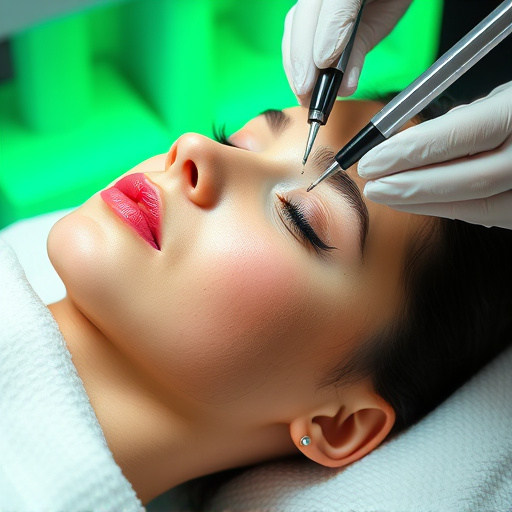
Age spots, also known as sunspots or lentigines, are small, discoloured areas on the skin that can vary in size and shape. While they are often considered a sign of aging, these spots are primarily caused by prolonged exposure to ultraviolet (UV) radiation from the sun. Understanding their formation is crucial for implementing effective prevention strategies, such as incorporating sunscreen into your daily routine.
Several factors contribute to the development of age spots. The most significant risk factor is sun exposure over time, leading to damage in the upper layers of the skin. Fair skin, frequent outdoor activities without protection, and a history of severe sunburns increase the likelihood of developing these spots. Additionally, certain medical conditions and medications can also play a role. Non-surgical treatments, such as chemical peels and laser therapy, offer effective age spot removal options, while medical spa services provide specialized care. Skin tightening procedures may further enhance the appearance of smoother, younger-looking skin.
The Role of Sunscreen in Preventing Age Spot Formation
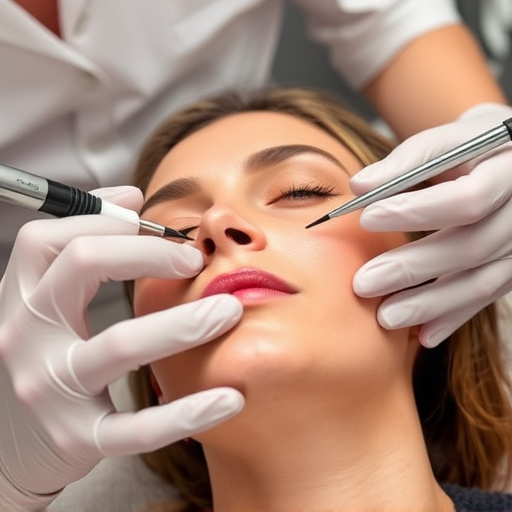
Sunscreen plays a pivotal role in preventing age spot formation by shielding the skin from harmful UV rays. These rays, both UVA and UVB, are the primary culprits behind skin aging and hyperpigmentation, which leads to age spots. Regular exposure to UV radiation can cause damage to the skin’s cells, triggering the overproduction of melanin—a pigment that gives age spots their characteristic dark appearance. By blocking or absorbing these rays, sunscreen acts as a protective barrier, minimizing the skin’s response to UV damage and reducing the likelihood of age spot development.
Moreover, while microneedling therapy and pore refinement procedures can help manage existing age spots, sunscreen is an indispensable tool in preventing new ones from forming. Anti-aging treatments often recommend sun protection as a foundational step due to the continuous nature of UV damage. As such, incorporating a broad-spectrum sunscreen with an SPF of 30 or higher into your daily skincare routine is essential for maintaining youthful skin and avoiding age spot removal challenges that may arise later.
Effective Sunscreen Application for Optimal Protection
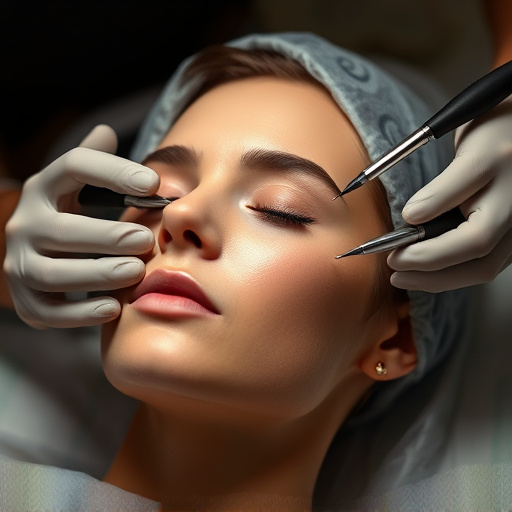
Using sunscreen effectively is key to preventing age spots and promoting skin rejuvenation. Many people underestimate the importance of proper application, but a few simple steps can make all the difference in your skin’s health and appearance. Start by choosing a broad-spectrum sunscreen with an SPF of at least 30; this ensures protection against both UVA and UVB rays, which are responsible for skin aging and age spot development. Apply it liberally and evenly across all exposed skin areas, including your face, neck, ears, and hands. Don’t forget to reapply every two hours or immediately after swimming or sweating heavily, as these activities can reduce the sunscreen’s effectiveness.
A personalized skincare routine that includes customized facials and targeted treatments can further enhance protection against age spots. These tailored services not only provide deep cleaning and exfoliation but also nourish and revitalize the skin. By combining effective sunscreen application with a comprehensive skincare regimen, you create a robust defense mechanism against environmental damage and promote skin rejuvenation for a younger-looking complexion.
Sunscreen is an indispensable tool in the quest to prevent age spots, as it plays a pivotal role in safeguarding our skin from harmful UV rays. By understanding both the causes and risk factors of age spots, we can emphasize the importance of effective sunscreen application for optimal protection. Regular use of broad-spectrum sunscreens with high SPF ratings can significantly reduce the formation of these skin discoloration marks, thus hindering their progression and maintaining a youthful complexion. Remember that, in terms of age spot removal, prevention is key, and sunscreen is your first line of defense against this common skin concern.


